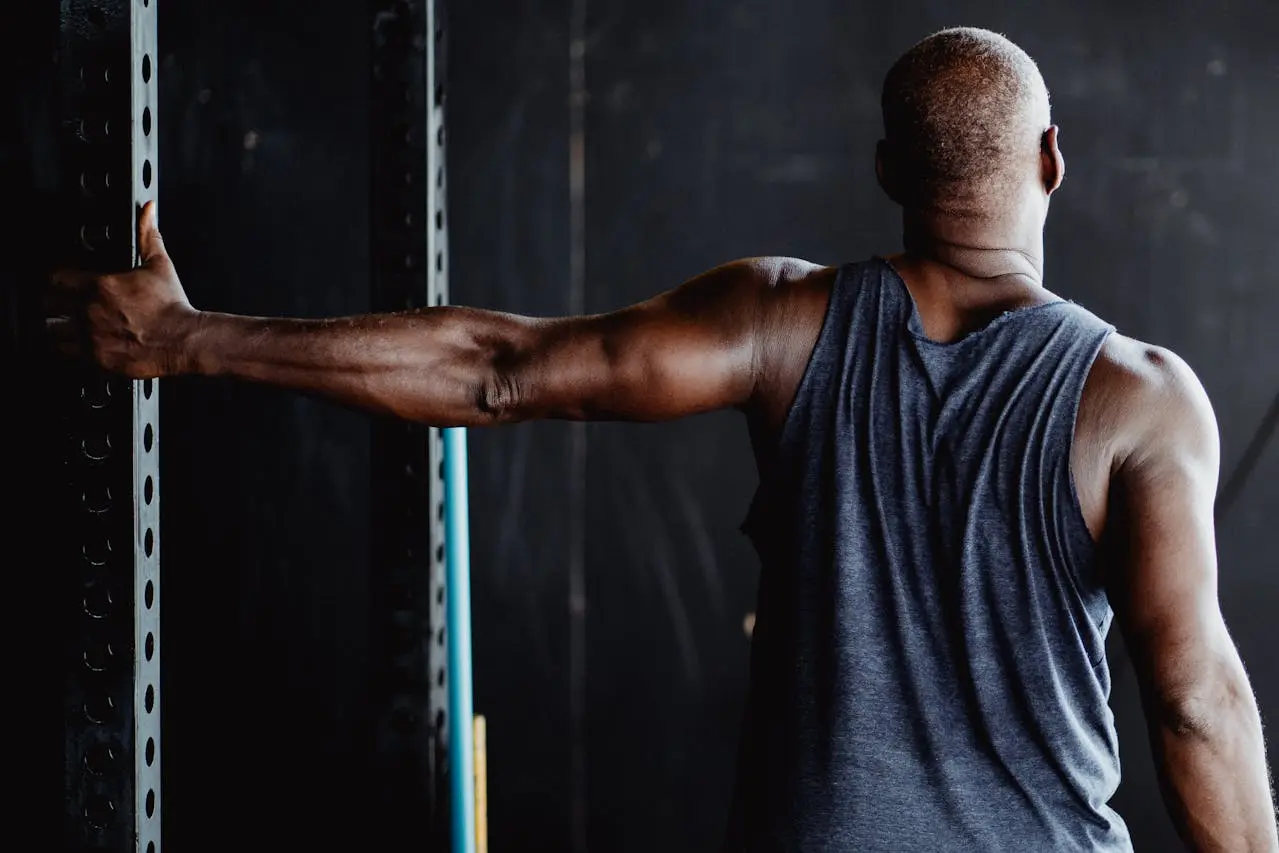Best Practices For Managing Shoulder Injuries as a Weightlifter

Table of Contents
Statistics on Shoulder Injuries and Weightlifters
- According to a study published in the Journal of Sports Science and Medicine, approximately 7.4% of weightlifting injuries involve the shoulder joint.
- A study in the International Journal of Sports Physical Therapy found that shoulder pain is one of the most common complaints among weightlifters, with a prevalence of up to 36%.
- Another study in the Journal of Strength and Conditioning Research reported that out of all weightlifting injuries, shoulder injuries accounted for 15% of the total.
- The majority of shoulder injuries were classified as strains (54.6%). Rates of acute and recurring injuries were calculated to be 3.3 injuries/1000 hours of weightlifting exposure, according to the National Library of Medicine.

These statistics highlight the importance of proper technique, adequate recovery, and appropriate management of shoulder injuries for weightlifters to maintain optimal performance and overall health.
Why are Shoulder Injuries are Common for Weightlifters?
Shoulder injuries are common among weightlifters due to several factors:
- Complexity of the Shoulder Joint: The shoulder is a ball-and-socket joint that allows for a wide range of motion, making it inherently less stable than other joints. The shoulder joint relies heavily on surrounding muscles, tendons, and ligaments for support and stability. The complex interplay of these structures increases the risk of injury, particularly when subjected to repetitive stress or improper loading during weightlifting movements.
- Overhead Movements: Many weightlifting exercises involve overhead movements, such as overhead presses, snatches, and jerks. These movements place significant stress on the shoulder joint, particularly the rotator cuff muscles and tendons. Improper technique or excessive load during overhead lifts can lead to overuse injuries, strains, or tears in these structures.
- Repetitive Movements: Weightlifters often engage in high-volume training sessions with repetitive movements that place stress on the shoulder joint and surrounding muscles. Over time, this cumulative stress can lead to wear and tear on the shoulder joint and surrounding tissues, predisposing weightlifters to various overuse injuries, such as tendinitis, bursitis, or impingement syndrome.
- Improper Form and Technique: Improper lifting technique and poor form, such as excessive arching of the back, rounding of the shoulders, or flaring of the elbows, can compromise shoulder mechanics and alignment, increasing the risk of injury. Failing to maintain proper form during lifts can place undue stress on the shoulders and contribute to acute or chronic injuries over time.
- Overtraining: Excessive training volume, intensity, or frequency without adequate recovery can lead to fatigue, muscle imbalances, and increased susceptibility to injury. A couple of days rest for that particular muscle group is highly recommended so that the muscles can recover from the stress of lifting weights.
- Insufficient rest and recovery: between training sessions can impair tissue repair and increase the likelihood of overuse injuries. Without adequate time for recovery, the shoulders may not fully recover from the stresses of lifting, leaving them more susceptible to injury during subsequent workouts.
- Inadequate Warm-up and Stretching: Failing to properly warm up and stretch the shoulder muscles before lifting can result in reduced flexibility and increased injury risk. Without this the shoulders muscles may not be adequately primed for the demands of lifting, thereby risking strain or injury.
- Muscle Imbalances: Weightlifting often emphasizes certain muscle groups, such as the chest, shoulders, and arms, while neglecting others, such as the muscles of the upper back and rotator cuff. Muscle imbalances can develop over time, leading to altered shoulder mechanics, increased stress on certain structures, increased strain on the shoulder joint leading to heightened susceptibility to injury.
- Previous Injuries: Weightlifters with a history of shoulder injuries may be more susceptible to re-injury or experiencing ongoing shoulder pain and issues.
By understanding these factors and implementing appropriate injury prevention strategies, such as proper technique, balanced training programs, adequate warm-up and mobility work, and sufficient rest and recovery, weightlifters can help mitigate the risk of shoulder injuries and maintain long-term shoulder health.alth.
How to Mitigate Shoulder Pain?
- Proper Warm-up and Stretching: Before engaging in any physical activity, make sure to warm up your shoulders with dynamic stretches and light movements to increase blood flow and improve flexibility and range of motion in the shoulder joint. Focus on exercises that target the shoulder muscles and surrounding structures, such as shoulder circles, pendulum swings, and cross-body stretches.
- Maintain Good Posture: Poor posture can place additional stress on your shoulders. Be mindful of your posture throughout the day, keeping your shoulders back and down, away from your ears. Pay close attention to your lifting technique and ensure proper form during exercises to avoid placing excessive stress on the shoulders. Engage the core muscles, and use controlled movements to reduce the risk of injury.
- Strengthen Surrounding Muscles: Strengthening the muscles surrounding your shoulders can help improve stability and reduce pain. Focus on exercises that strengthen the rotator cuff muscles, deltoids, and muscles of the upper back, such as external rotation exercises with resistance bands, scapular stabilization exercises, and rows.
- Address Muscle Imbalances: Work on correcting any muscle imbalances that may be contributing to your shoulder pain. This may involve targeted exercises or working with a physical therapist or trainer.
- Gradual Progression: If returning to weightlifting after a shoulder injury or experiencing pain, gradually increase the intensity and volume of your workouts to allow your body time to adapt to the increased demands over time. Avoid sudden spikes in activity or heavy lifting without adequate preparation and conditioning.
- Regular Rest and Recovery: Prioritize recovery by scheduling rest days, getting adequate sleep, and incorporating foam rolling or massage to help alleviate muscle tension and pain. Avoid activities that exacerbate pain or discomfort, particularly those that involve overhead movements or heavy lifting. Modify your workout routine to avoid aggravating the shoulder, opting for exercises that place less stress on the joint.
- Over-the-counter Pain Medication: Over-the-counter pain medications, such as nonsteroidal anti-inflammatory drugs (NSAIDs) like ibuprofen or naproxen can help reduce inflammation and provide temporary relief from shoulder pain. Consult with your healthcare provider before taking any medication. However, use these medications according to the recommended dosage and consult with a healthcare professional if you have any underlying medical conditions.
- Ice or Heat Therapy: Applying ice or heat to the affected shoulder can help alleviate pain and inflammation. Apply ice packs or cold therapy to the shoulder for 15-20 minutes several times a day to reduce inflammation and numb pain. Alternatively, heat therapy, such as warm compresses or heating pads, can help relax muscles and improve blood flow to the affected area, promoting healing.
- Seek Professional Help: If your shoulder pain persists or worsens, consult with a healthcare professional, such as a physical therapist or orthopedic specialist, for a thorough assessment and personalized treatment plan. They can provide targeted interventions, such as manual therapy, therapeutic exercises, or modalities like ultrasound or electrical stimulation, to address your specific shoulder issues.
Tips for Preparing to Lift with a Shoulder Injury
If you have a shoulder injury but still want to engage in weightlifting, it’s crucial to approach your workouts with caution and prioritize safety to prevent further aggravation of the injury. Here are some tips to help you prepare:
- Consult a Professional: Before returning to weightlifting with a shoulder injury, consult with a healthcare professional, such as a physical therapist or orthopedic specialist. They can assess the severity of your injury, provide personalized recommendations, and offer guidance on safe exercise modifications.
- Modify Your Routine: Work with a professional to adjust your weightlifting routine to accommodate your injury. This may involve modifying exercises, reducing weight, or adjusting your training frequency.
- Focus on Proper Form: Proper form and technique are crucial when lifting with a shoulder injury. Ensure you’re maintaining proper alignment and engaging the correct muscles during each exercise to minimize stress on the injured shoulder. Avoid compensatory movements or excessive shoulder rotation that could place additional strain on the injured shoulder. Engage the core muscles to provide stability and support during lifts.
- Gradual Progression: Start with lighter weights and gradually increase the intensity as your shoulder heals and your pain subsides. Rushing into heavy lifting can exacerbate your injury and delay recovery. Select exercises that minimize stress on the injured shoulder while still allowing you to engage in a productive workout. Avoid movements that exacerbate pain or discomfort, such as overhead presses or heavy bench presses. Instead, opt for shoulder-friendly alternatives, such as lateral raises, front raises, or modified push-up variations. Decrease the weight lifted and the overall training volume to prevent overstressing the injured shoulder. Focus on lighter weights and higher repetitions to maintain muscular endurance and stimulate muscle growth without compromising joint integrity.
- Adequate Warm-up: Spend extra time warming up your shoulders and surrounding muscles before weightlifting. This can help improve blood flow, reduce stiffness, and prepare your body for the workout. Focus on dynamic movements that target the shoulders, such as arm circles, shoulder rolls, and shoulder blade squeezes.
- Strengthen Supporting Muscles: Focus on strengthening the muscles surrounding your shoulder joint, such as your upper back and rotator cuff muscles, to improve stability and reduce the risk of re-injury.
- Prioritize Recovery: Allow for adequate rest and recovery between workouts to give your shoulder time to heal. Incorporate stretching, foam rolling, and icing as needed to help alleviate pain and inflammation.
- Use Supportive Gear: Consider using supportive gear, such as shoulder sleeves or braces, to help stabilize your shoulder during lifting and provide additional stability and protection to the injured shoulder during workouts. Ensure that the gear does not restrict movement or circulation and consult with a healthcare professional for appropriate recommendations.
- Listen to Your Body: Pay close attention to how your shoulder feels during and after weightlifting sessions. If you experience increased pain or discomfort, stop the workout, take a step back and reassess your training program or seek further guidance from a professional. Pushing through pain can exacerbate the injury and lead to further complications.
- Mobility and Flexibility: Incorporate specific mobility and flexibility exercises to address tightness and restrictions in the shoulder joint and surrounding muscles. Perform gentle stretches targeting the shoulders, chest, upper back, and neck to improve range of motion and reduce stiffness.
- Focus on Rehabilitation: In addition to weightlifting, prioritize rehabilitation exercises prescribed by your healthcare provider to address the underlying causes of the shoulder injury, improve muscular imbalances, and promote long-term shoulder health.
Strong Shoulders for Successful Lifts
I hope you found this informative. Check out my other posts on addressing weight lifting injuries such as Patellar Tendonitis for Weightlifters and Soleus Muscle Pain. We also recorded a related podcast on injuries and prevention.




